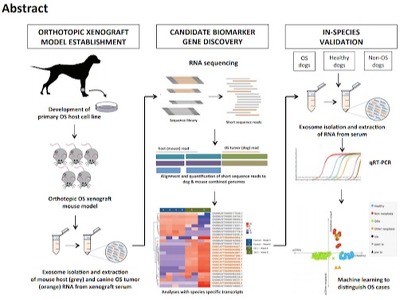- Your basket is empty
Technology No. z05027
Technology No. 20170266
Category VIEW ALL
chevron_right
chevron_right
chevron_right
chevron_right
chevron_right
chevron_right

